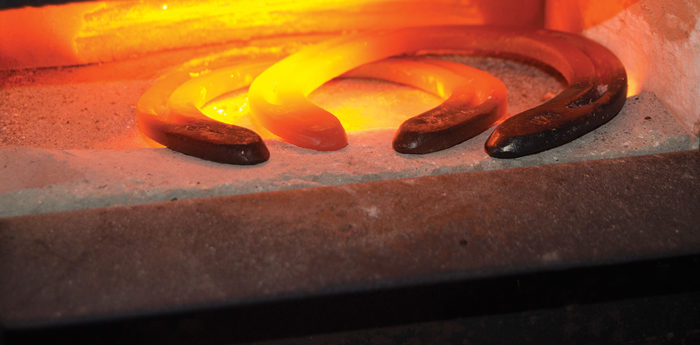American Farriers Journal
American Farriers Journal is the “hands-on” magazine for professional farriers, equine veterinarians and horse care product and service buyers.

For Cliff Carroll, the complexity of footcare creates such a focus that sometimes the easiest things to prevent go unchecked. The owner of the Larkspur, Colo., supply shop bearing his name says farriers have to constantly think about the trim and the effects of the shoe application so something simple like efficiency with a gas forge is missed.
Carroll provided a few reminders for farriers to get the best use from their gas forges.
Carroll says the common practice still is to set the regulator at 8 to 10 PSI and just leave it there. This allows the farrier to light the forge, toss in the shoes and let them heat up while working on the horse with less monitoring of the shoe temperature.
“It works sufficiently enough that you won’t be waiting on the forge and the forge won’t be way ahead of you,” he says.
Carroll says the best way to regulate pressure to your preferred level and be efficient with fuel consumption is to start out at this range and monitor the speed at which you work. If you want to go faster, bump the pressure gauge up.
“Even so, I find most guys who continue to turn it up will usually end up turning it down because it will work faster than they want. But if it is the middle of winter and you have one horse to do and there isn’t much to trim, that’s when you want to crank it up…